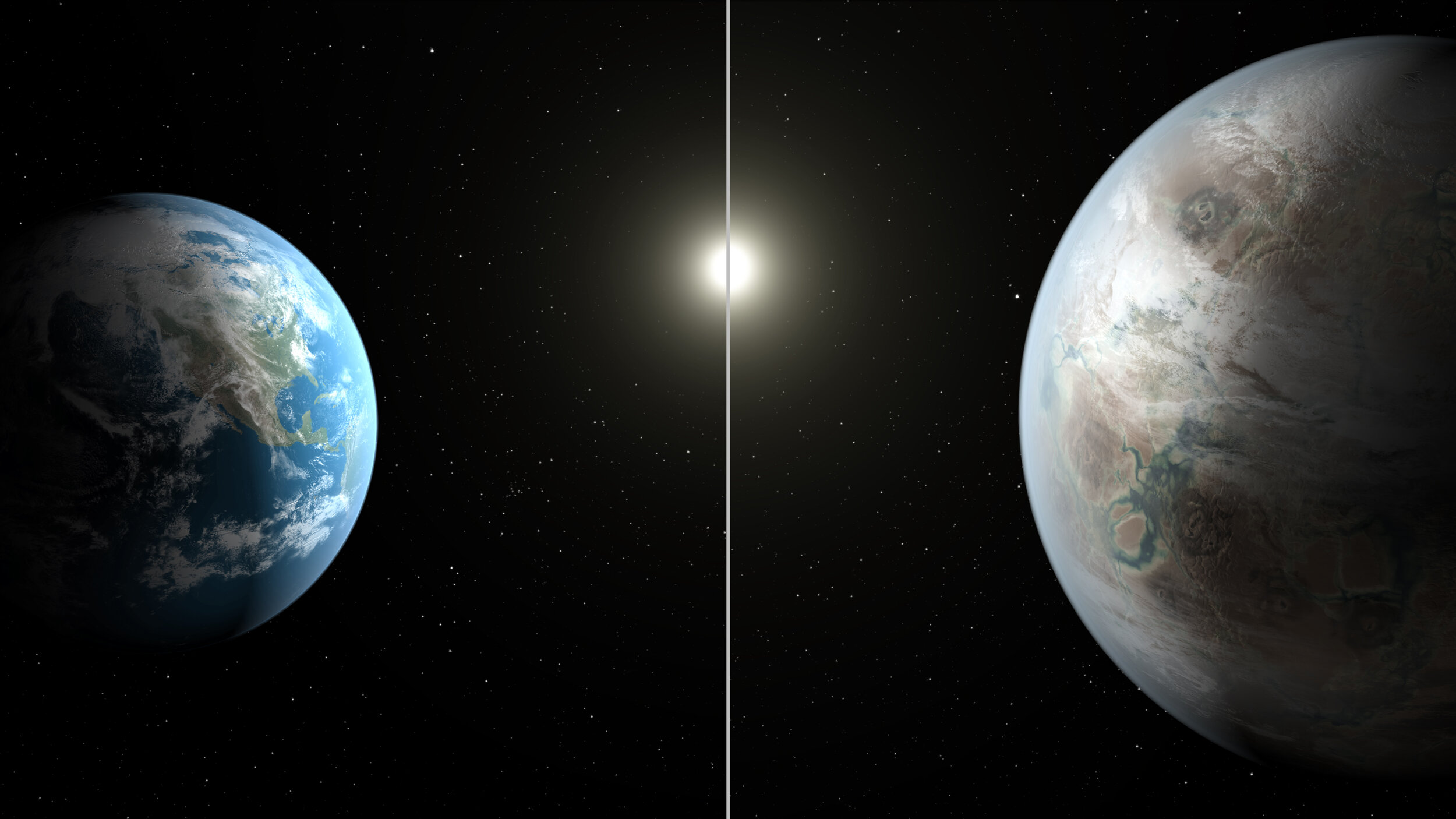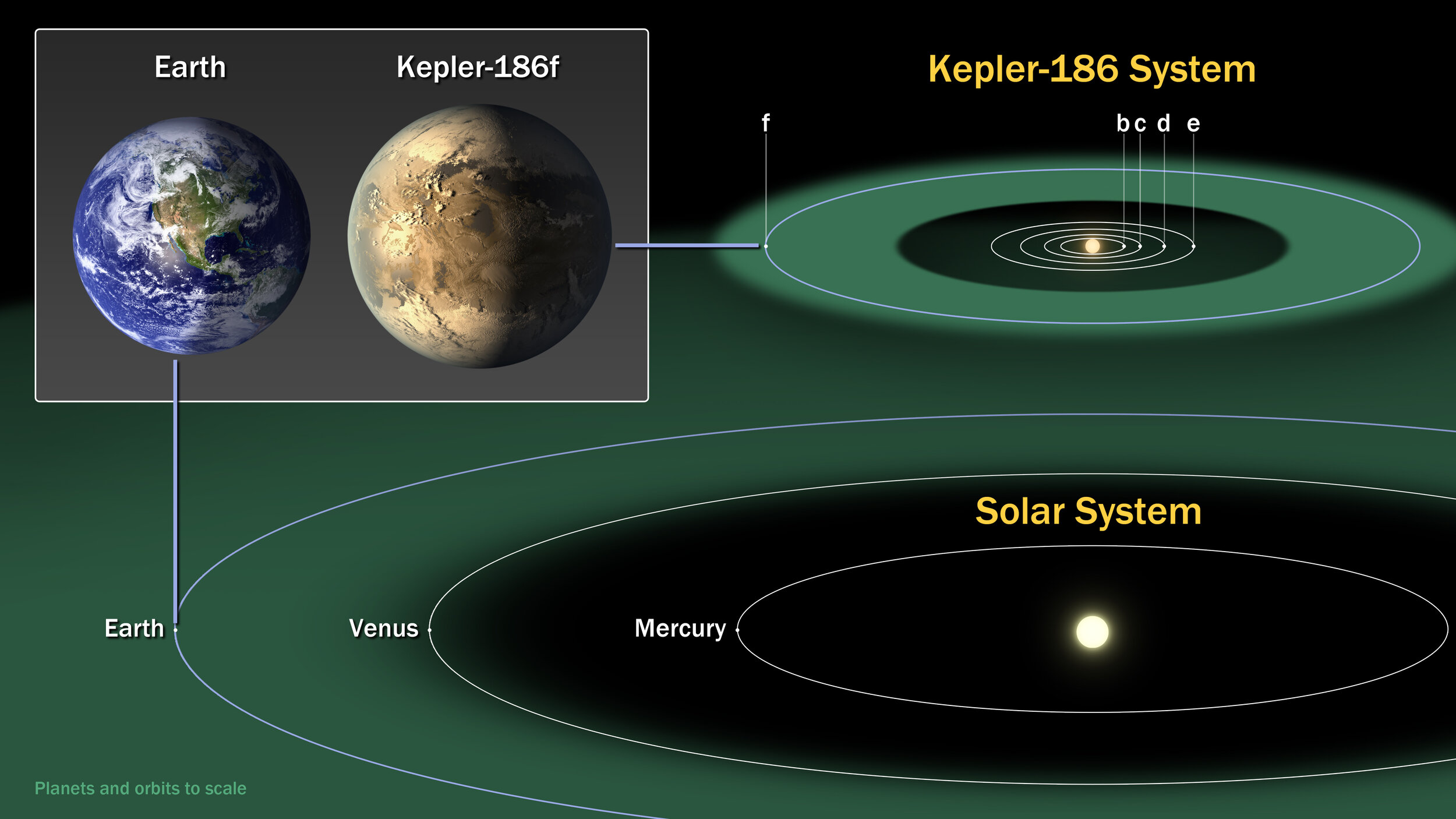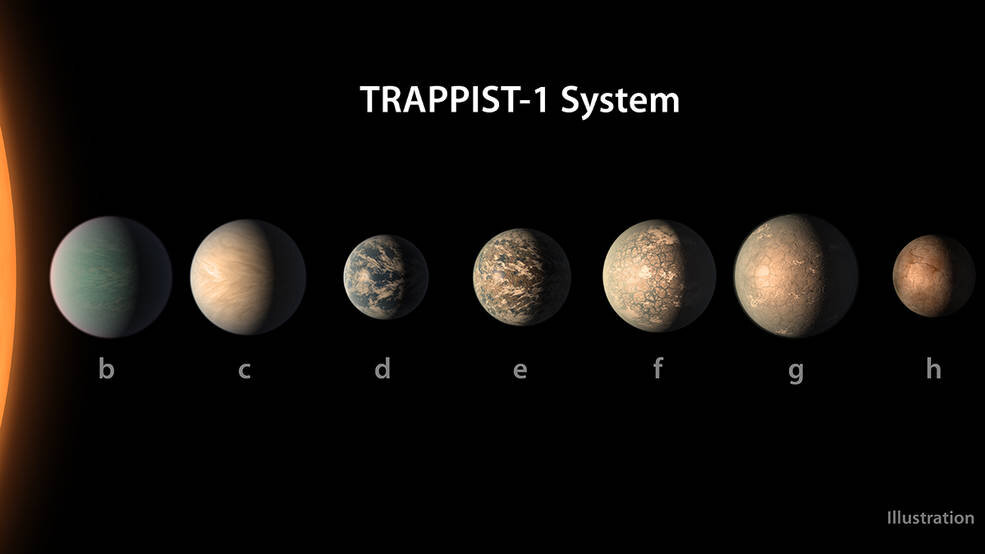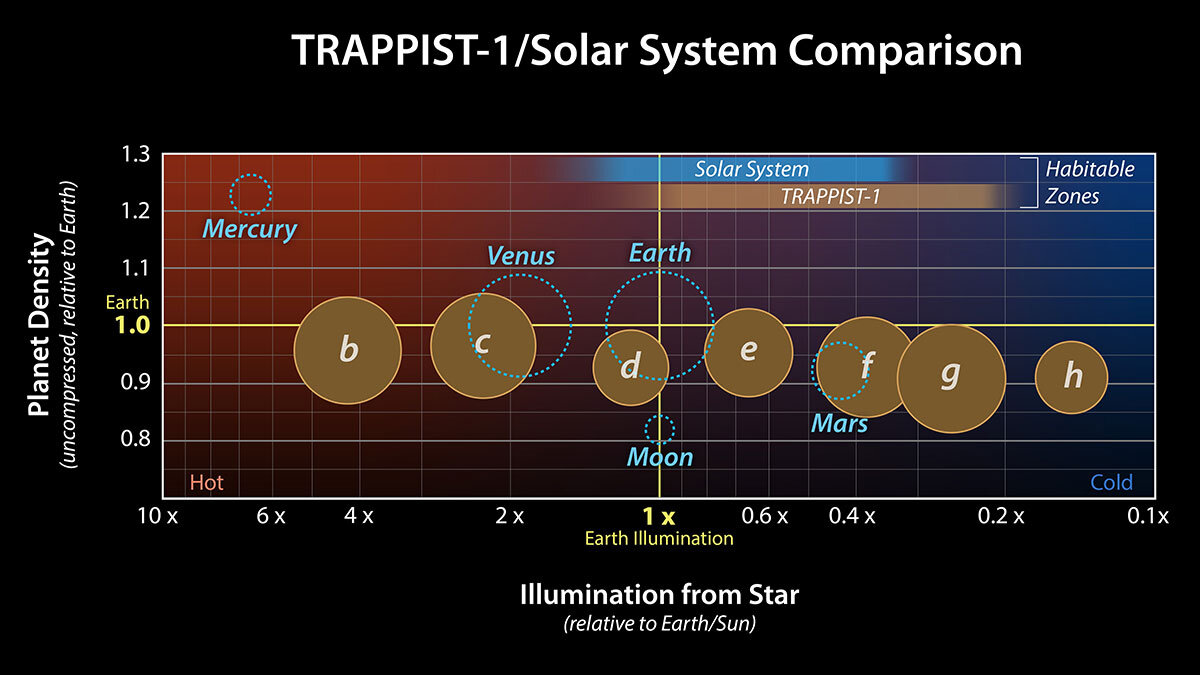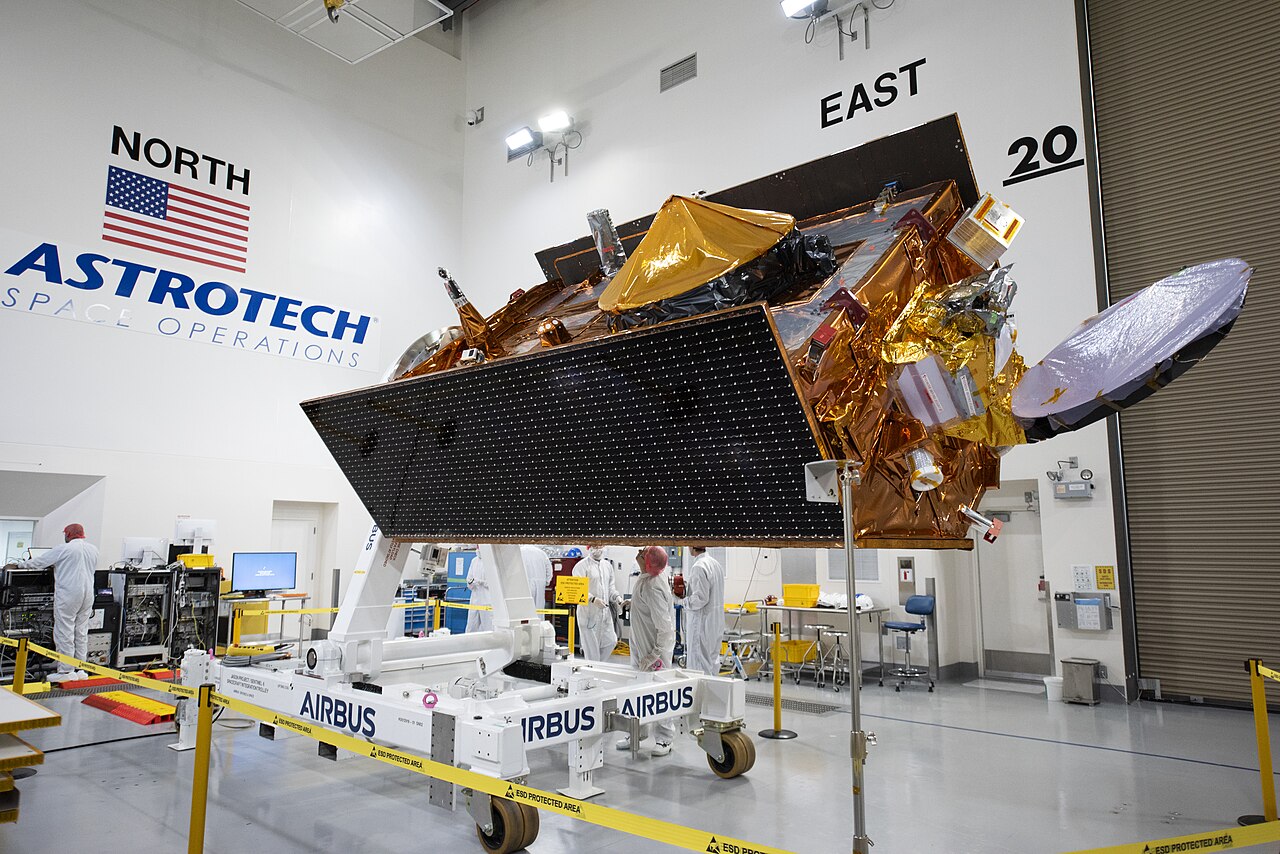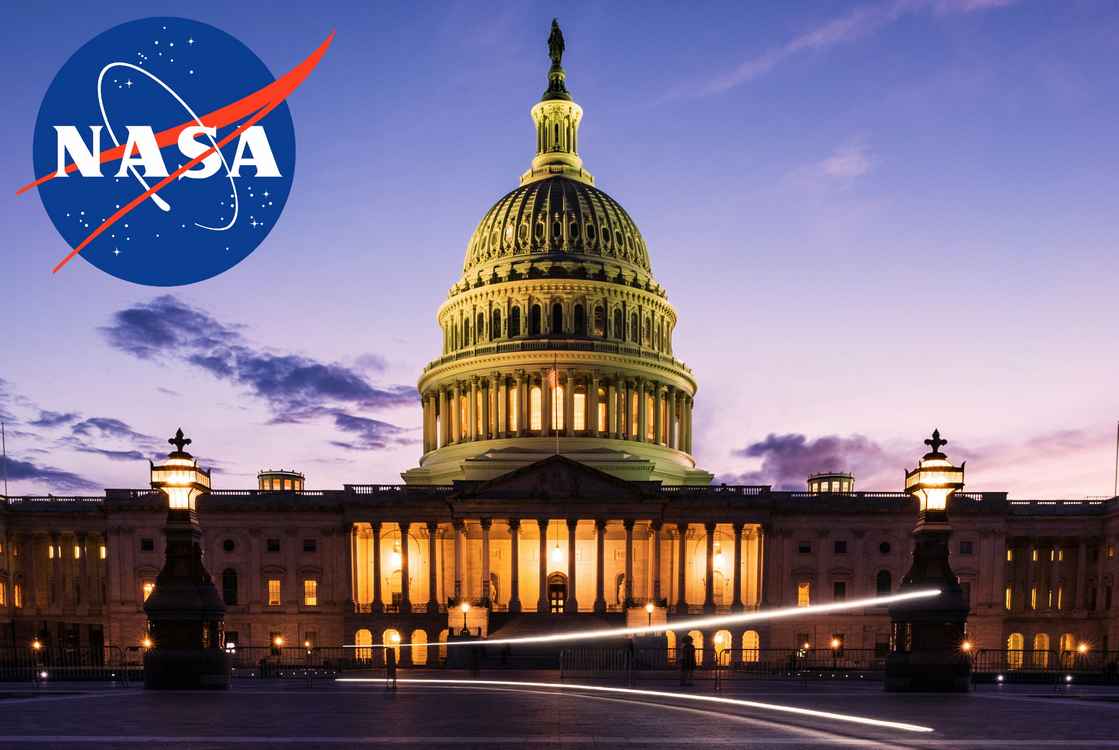Story at a glance…
-
Since 2014, multiple Earth-like planets have been discovered in our galaxy.
-
While too far to reach, they offer compelling research about just how common it is for Earth-like worlds to exist.
-
Studying these worlds will give us excellent insight into how to prepare a surveying robot should we ever find a habitable planet near enough to visit.
Training our scientific eyes on the stars have yielded surprising secrets, for example that as small as the chances are that single-cell life should have produced us, the chances that the galaxy produced a planet for us to live on are actually quite good.
In fact research from last June calculated that as many as six billion potential ‘Earths” could exist in the Milky Way, or one for every five Sun-like stars therein.
With all those accommodating worlds, could there ever be an Earth-away-from-Earth?
Studying these worlds is an extremely exciting way to break into the astronomy field. Aspects of system-sciences like the famed “Goldilocks Zone” and the “Radius-Gap,” have armed astronomers with new ways of surveying for potentially-habitable planets, but what have they found out so far?
PICTURED: A comparison of the orbit and size of Earth to its solar system, with that of Kepler-i86f, a planet about the size of Earth that’s also in the habitable orbiting zone of its star. PC: NASA/JPL Caltech.
Kepler-186f
What does a planet need to be Earth-like? It needs to be rocky and not gaseous, it should be around the size of the Earth, it needs to orbit a G2-type star, it needs to reside in the habitable zone of the solar system where the day is not too hot and the night is not too cold to allow for liquid water to pool on the surface, and ideally, it should have a proper atmosphere.
In April of 2014, NASA announced they had found the first validated Earth-sized planet orbiting in the habitable zone of its star. The planet was named Kepler-186f, and could be found in the solar-system Kepler 186 about 500 light years from Earth in the Cygnus constellation.
About 10% larger than the Earth, “f” was on the outer edge of the habitable zone, orbited its star every 130 days, and at high-noon, the daylight would only be as strong as an hour before dusk here on Earth.
“Being in the habitable zone does not mean we know this planet is habitable,” said Thomas Barclay, research scientist at the Bay Area Environmental Research Institute at Ames. “The temperature on the planet is strongly dependent on what kind of atmosphere the planet has, and Kepler-186f can be thought of as an Earth-cousin rather than an Earth-twin. It has many properties that resemble Earth”.
A year later though, Kepler would strike Goldilocks again.
PICTURED: The artistic concept compares Earth (left) to the new planet, called Kepler-452b, which is about 60 percent larger. The illustration represents one possible appearance for Kepler-452b — scientists do not know whether the planet has oceans and continents like Earth. PC: NASA/Ames/JPL-Caltech/T. Pyle.
Kepler-452b
Unfortunately sitting in Cygnus, 1,400 light years away from Earth, Kepler-452b is an excellent research specimen for habitable exoplanet science.
While being 60% larger than Earth by diameter, the orbiting time around its star is 385-days, or merely 5% longer. It’s mass and material are unknown, but it’s considered likely to be rocky.
It’s median surface temperature is just a little higher than Earth’s, at 17°C, or 62°F. Another interesting feature is that the planet is 6 billion years old, 20% older than our sun, making it incredibly ancient.
“We can think of Kepler-452b as an older, bigger cousin to Earth, providing an opportunity to understand and reflect upon Earth’s evolving environment,” said Jon Jenkins, Kepler data analysis lead at NASA’s Ames Research Center in Moffett Field, California.
“It’s awe-inspiring to consider that this planet has spent 6 billion years in the habitable zone of its star; longer than Earth. That’s substantial opportunity for life to arise, should all the necessary ingredients and conditions for life exist on this planet”.
Another interesting characteristic of the planet is that its mass could allow it to hold onto its oceans, should there be any, longer than planetary science would suggest it can, cancelling out the “runaway greenhouse effect,” when enough greenhouse gas causes the planet to be unable to cool itself via radiative cooling.
As interesting as Kepler-452b proves to be, it would require a 38.5 million year cruise to reach it. Placing it far beyond the potential as another home.
PICTURED: This artist’s concept shows what the TRAPPIST-1 planetary system may look like, based on available data about the planets’ diameters, masses and distances from the host star, as of February 2018.PC: NASA/JPL-Caltech
TRAPPIST-1 System
At a tiddling 40 light-years from Earth in the constellation Aquarius, the 7 planets of the TRAPPIST-1 System, named after the telescope in Chile that discovered it, has several planets that could be of great interests to exoplanet researchers in the next decade.
All rocky Earth-like worlds, TRAPPIST-1 b through h together orbit closer to their dwarf star than Mercury does to ours. But being a dwarf star (about as big as Jupiter) the penalty for closer orbit is much less severe. Three of these worlds, e, f, and g, are in the star’s habitable zone, and e in particular is thought to be quite habitable in some regards.
As they are too small to see, researchers detected the existence of the planets around TRAPPIST-1 by looking at the dimming of the star as the flat-orbits of the planets pass across our view. Through information gleaned during each such transiting, scientists at the American Astronomical Society have deduced their make-up; as rocky planets containing similar mineral profiles to Earth.
Reasoning they contain about 10% less iron than Earth, TRAPPIST-1 planets are thought to potentially contain water based on calculations of their mass.
The lower densities of planets d, f, g, and h can allow for two to three times as much water than for planets b, c, and e., which also correlate to their position in the habitable zone. Beyond hypotheses, further observations by the Hubble Space Telescope has found evidence of huge plumes of atmospheric water vapor coming from evaporated water on planets a and b, which are closest to the sun.
“The inner planets could have lost more than 20 Earth-oceans-worth of water during the last eight billion years,” report the telescope’s handlers. “However, the outer planets of the system — including the planets e, f and g which are in the habitable zone — should have lost much less water, suggesting that they could have retained some on their surfaces”.
PICUTRED: This infographic explains how A planet’s density is determined by its composition as well as its size: Gravity compresses the material a planet is made of, increasing the planet’s density. Uncompressed density adjusts for the effect of gravity and can reveal how the composition of various planets compare. PC: NASA/JPL-Caltech
“It has galvanized the exoplanet community to study this system in detail, both observationally and theoretically, and has fueled hopes that atmospheric signatures (or even biosignatures) might be detected with the James Webb Space Telescope,” wrote the authors of the paper.
As exciting as that discovery was, it would still take more than 200 trillion miles to arrive at TRAPPIST-1, and if there’s no Chewbacca to set the hyperspace coordinates, and assuming New Voyager won’t find a Mass Gate hiding somewhere beyond Pluto, TRAPPIST-1 is totally beyond our reach.
However if there were water on the planets there, and god-willing, an atmosphere or two, then the future James Webb or Roman Space Telescopes will have a nearby star to gaze at that hosts a couple planets of exceptional likeness to ours, offering a bottomless pit of information to gather about what to look for that’s potentially near enough to send probes to.
